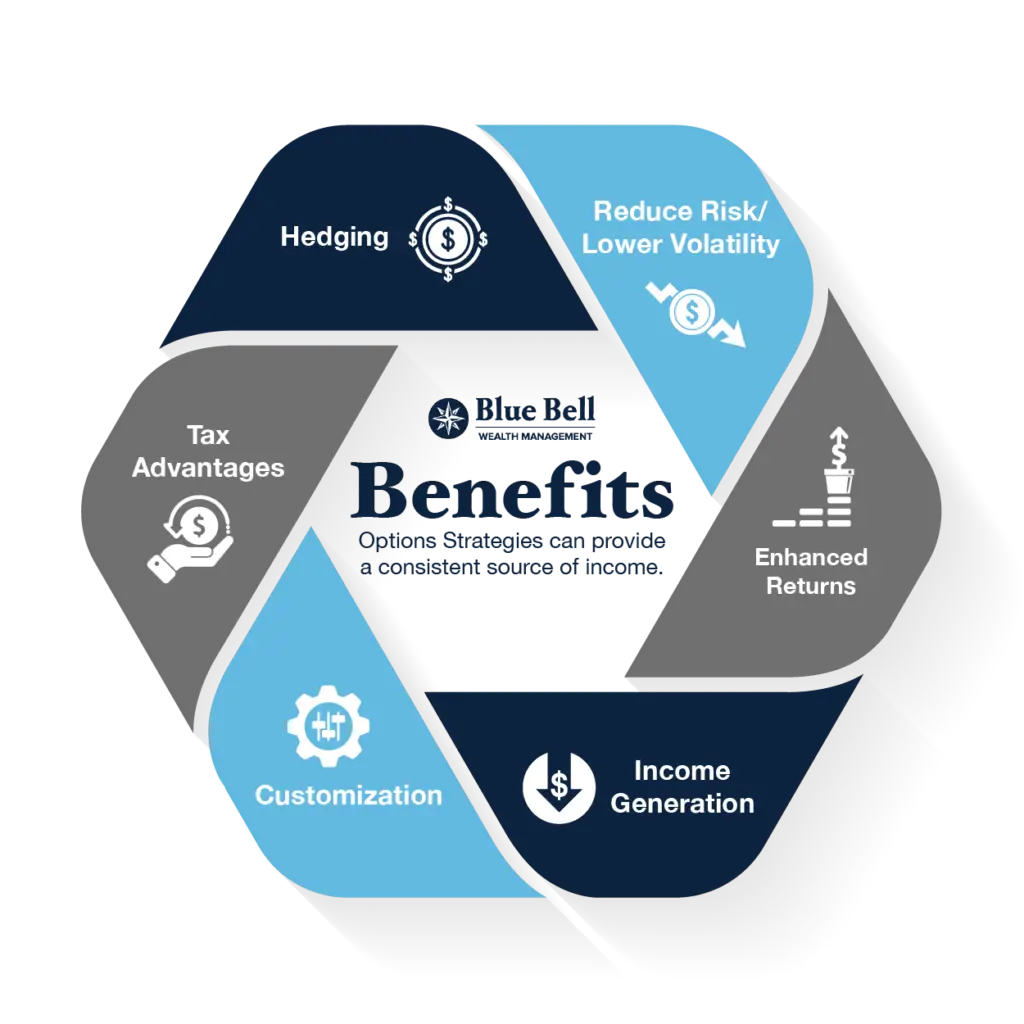Buy-Write Strategy
Buy-Write Strategy
Our buy-write approach pairs equity ownership with the selling of call options, providing investors with income and flexibility. This strategy compliments our structured products in providing hedged equity exposure for risk-averse clients, and those with shorter investment horizons.
Our income is derived solely from our clients. Our loyalty is to our clients, not any large investment company or bank.
BBPWM Added Value
BBPWM Added Value
Covered call strategies can become complex, especially when managing multiple covered call positions on different ETFs/stocks with various strike prices and expiration dates. Keeping track of these positions may require careful monitoring and decision-making. At BBPWM, we take pride in our extensive expertise in managing option strategies, and we’re committed to leveraging this knowledge to benefit our clients in numerous ways.
Customized Solutions: Our team of experienced professionals understands that every client is unique. We work closely with you to tailor option strategies that align with your financial goals, risk tolerance, and investment horizon.
Risk Management: Options are versatile tools for managing risk. We use our expertise to structure strategies that provide effective hedging solutions, protecting your portfolio from adverse market movements.
Enhanced Income: Our specialists are adept at designing option strategies that generate consistent income streams, helping you to potentially boost your investment returns.
Capital Preservation: We emphasize capital preservation and, with our options expertise, strive to help clients safeguard their investments during volatile market conditions, ultimately minimizing potential losses.
Education and Empowerment: We believe in equipping our clients with the knowledge to make informed decisions. Our team provides comprehensive education on options and their associated strategies, ensuring you have a clear understanding of the mechanisms at work.
Dynamic Portfolio Management: We use our option expertise to create dynamic portfolio management strategies that can adapt to changing market conditions, seize opportunities, and mitigate risks effectively.
Tax Efficiency: Our proficiency extends to understanding the tax implications of option strategies. We help clients maximize tax efficiency while making the most of their investment returns.
Continual Monitoring and Adaptation: Markets are ever-evolving, and we are diligent in monitoring your options positions, making necessary adjustments to optimize your portfolio’s performance.
Transparency and Trust: At BBPWM, we prioritize transparency and build trust through clear communication, ensuring our clients are well-informed and confident in the strategies we implement on their behalf.

Insights

The Six Principles for Long Term Investing
The Six Principles for Long Term Investing The stock market is filled with uncertainty and people questioning how long this economic expansion





